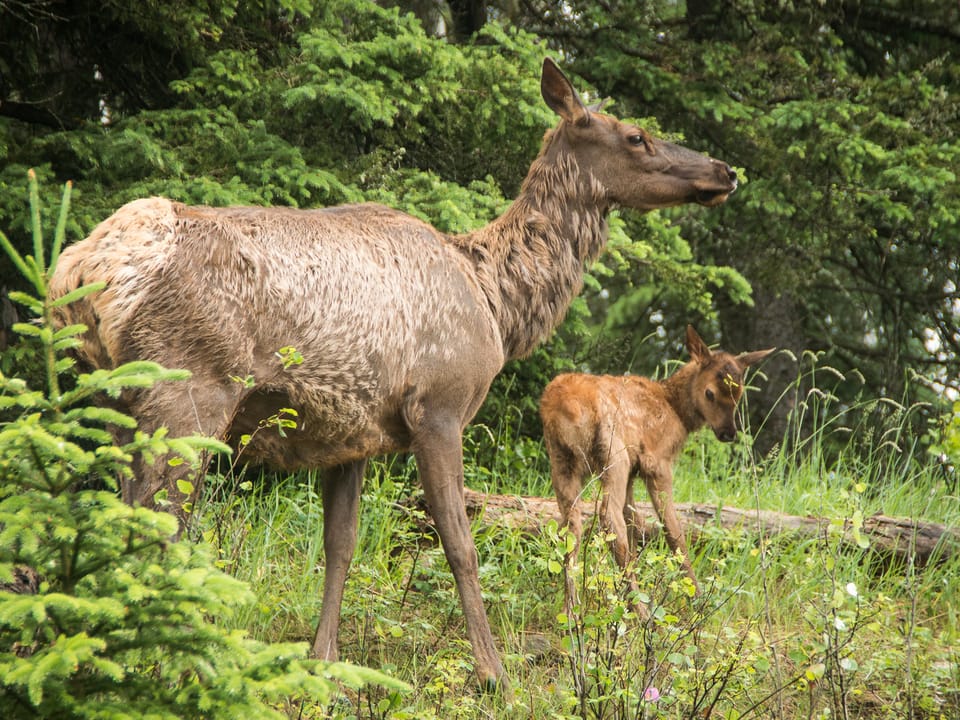Book Review: Bitch: On the Female of the Species by Lucy Cooke

Bitch: On the Female of the Species by Lucy Cooke is a fascinating book, answering questions you probably never thought to ask and questioning assumptions many of us take for granted. But the book does something far more important by helping us to recognize our hidden biases, providing us with the opportunity to build a far broader understanding of animals’ lived experience.
We tend to focus on males as the dominant species while females are viewed as passive, but a growing body of research is exploring the field of female choice. “Numerous studies have demonstrated how females in diverse species prefer brighter colours, louder calls, stronger odours and faster dances.” Researchers are exploring why this is the case. They’ve discovered that the most successful greater sage grouse males are not simply the loudest dancers; they’re also the best listeners, responding to the female’s cues as she indicates the type of display she prefers. Bright colours, such as those preferred by freshwater guppies and bowerbirds, may mimic a favoured food source.
There is more than one way to raise your young. Some species put their babies in nurseries rather than caring for them individually. “Bats, for example, can’t fly and forage with a baby on board. Instead, they make use of a designated nursery and even suckle each other’s pups. Giraffes also creche their babies. Foraging adults are somewhat conspicuous and, with their heads in the trees, unable to keep watch over their young while they eat. So they deposit their babies in a nursery, some distance from the main group with one designated guard. If danger approaches, in the shape of a lion or hyena, the sentry can escort the gaggle of baby giraffes to safety.”
In the northern hemisphere, it’s the male birds that vocalize. But that’s not the case elsewhere; world-wide, over 71% of female songbirds sing. Cooke says, “it appears that female songbirds use their vocal abilities primarily to compete with other females. They sing to defend their territories, breeding sites or mates from other females, or to lure males away from other females. This makes much more sense in hot countries like Australia, where breeding seasons are lengthy affairs and couples remain on their territory year round.”
Ring-tailed lemurs live in matriarchal communities. So do elephants and killer whales. The family matriarch whales “are a living library of ecological and cultural knowledge” helping their kin to locate food, particularly important when supplies are scarce. In the case of both killer whales and elephants, female authority is based on “elevated levels of influence, knowledge and perception” that earns other animals’ respect rather than being based on dominance and exerting power.
Perhaps one of the greatest surprises of the book is discovering “the surprising flexibility of sex and its expression in nature.” For example, “if you go snorkelling on a reef, chances are a quarter of the fish you’ll see are serial sex changers.” The anemonefish, made famous in Disney’s movie Finding Nemo, are monogamous with the female defending the territory while the male cares for the eggs. But, if the female is removed, the male will transform into the new dominant female and one of the juvenile males will mature into her mate. David Crews, former professor of zoology and psychology at the University of Texas contends that “We need to get away from the binary nature of sex assignment … There’s a continuum, with males at one end and females at the other, and variability is continuous between those two types.” He goes on to say, “People forget that the majority of traits in males and females are similar … There are more similarities between the sexes than there are differences.”
Cooke concludes the book with an overview of the changes she has observed in approaches to scientific research. She says, “The Victorian era was all about imposing order on the natural world by creating rules that reflected cultural norms. The latest generation of evolutionary biologists are learning how to embrace the chaos of individual flexibility, developmental plasticity and the limitless possibilities of the natural world.”
Photo credit: https://www.flickr.com/photos/apmckinlay/9120735555
Further Reading Options
Nature Reading by Canadian Authors
Nature Books for Kids by Canadian Authors
EcoFriendly West informs and encourages initiatives that support Western Canada’s natural environment through its online publication and the Nature Companion website/app. Like us on Facebook, follow us on Twitter, or subscribe by email.

Member discussion